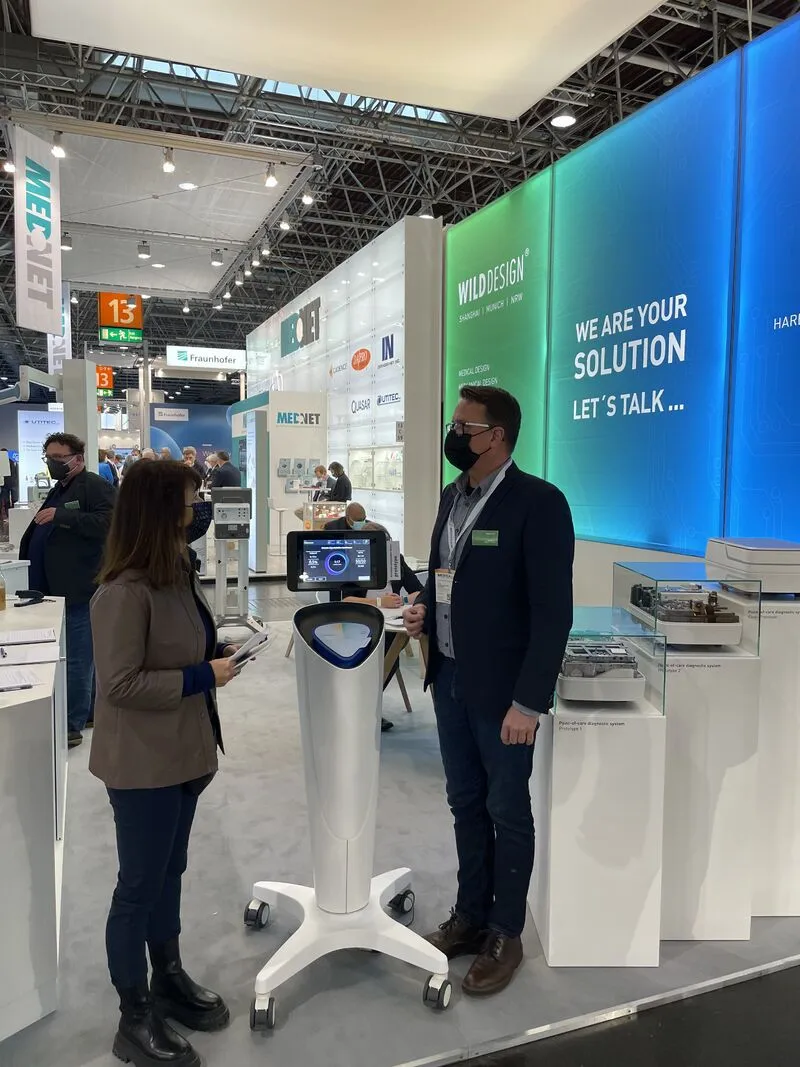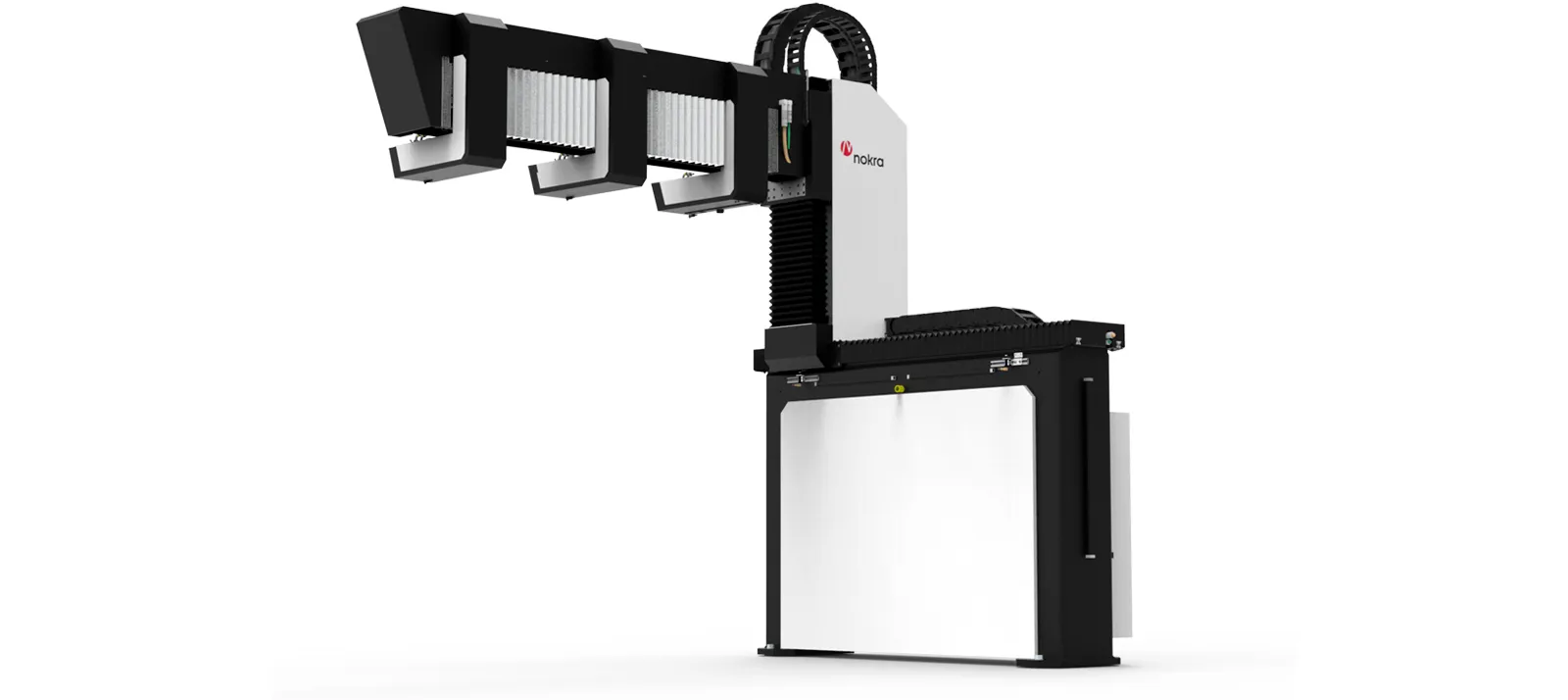Expertise
Product design trend stealth design
Originally invented in the 1970s to prevent enemy radar from finding a point of attack, stealth technology provides the basic "triangle " motif for a design trend that is only now, 40 years later, achieving its stylistic breakthrough.
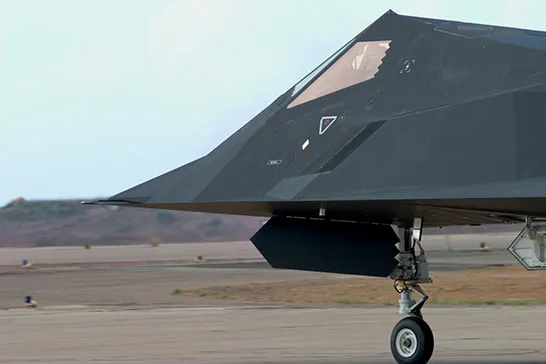
Where does the style come from?
When the F117 Nighthawk took to the tarmac in the summer of 1981 - the first series product to be consistently developed using stealth technology - nobody really wanted to believe that this ugly bird could even fly. At the time, the aircraft was the exact opposite of what people imagined a jet fighter to be. Angular instead of sleek, angled instead of smooth.
In the decades that followed, most of the development work was done in secret, so it's no wonder that stealth aircraft and ships still look like they've just stepped out of a science fiction movie.
3D computer graphics

In addition to its derivation from stealth technology, stealth design also has a second connection: 3D computer graphics, and the beginnings of it.
In the 1990s, even the leading games consoles were not yet able to render their animated heroes in a particularly natural way. Due to a lack of sufficient computing power, round shapes, faces and moving bodies inevitably always looked angular and polygonal. As 3D computer technology became more and more finely resolved and the stealth look disappeared with the ever smaller triangles, designers were finally able to venture back to the beginnings of the 3D boom in stealth design.
Today, the stealth style can also be found under the terms faceted, triangular, polygonal, origami or crystalline. The design principle is quite simple: curved bodies are broken up into more or less large triangles. In other words, a transitional form between the cuboid and the amorphous body.
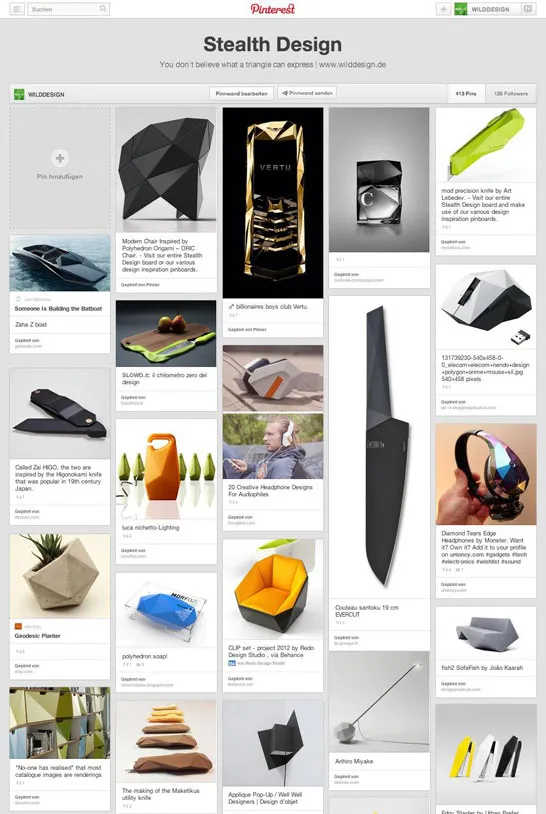
How can you use stealth design?
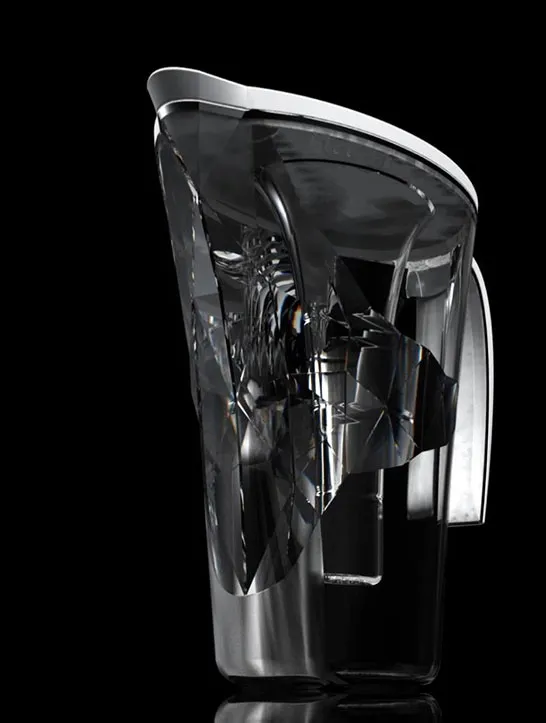
Today, stealth design can be used as a non-functional design style in product design wherever precision, clarity and dynamism are required and the basic functional forms are rather unexciting, e.g. in smartphones. The HTC Touchpro or the Nokia prism from 2007/2008 should be mentioned here as early attempts.
But the elegant style is also being tried out and used more and more in the furniture sector, in architecture and in shipbuilding. Konstantin Grcic and Zaha Hadid are well-known representatives who have worked with the small triangles. Currently, stealth design tends to be associated with high-quality, luxury products and is also used in fashion.
We have created a -> Pinterest board for this style, where you can quickly grasp the variety of design options.
How will the style evolve?
In its pure form, stealth design is an expressive style that attracts a lot of attention. However, in its disruptive, restless effect, stealth can draw attention to details and therefore does not necessarily always need the entire object to be effective. There will therefore be combinations, for example with flowing shapes.

Our water carafe product design study is a good example of how transitions from flowing to crystalline forms can be achieved, combining both design approaches. Here the cold, ice cube-like stealth and there the large and clear area for pure water.
Have you ever seen it?
The stealth design trend somehow also appears to be a retro trend, although this design language did not even exist in objects in the past. But the visual arts, starting with Cubism, the Blue Rider and Kandinsky, have always found the dissolution into triangles exciting. It was only because the early computer graphics looked so terribly untrue to nature that the style was not popular for many years. It was all about making the triangles smaller so that 3D graphics could finally no longer be distinguished from reality. Today, when every smartphone has this computing power, the rough triangle has become socially acceptable again.
-> Take a look at stealth design and 13 other exciting design trends in our outlook for 2014.
-> Visit our Pinterest boardwhere we post new examples of this exciting style every day.
-> What does a logo development that fits the stealth design trend look like?
Frequently asked questions


